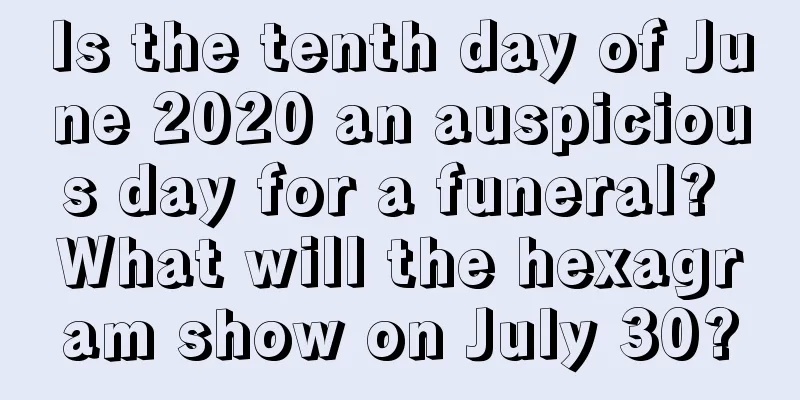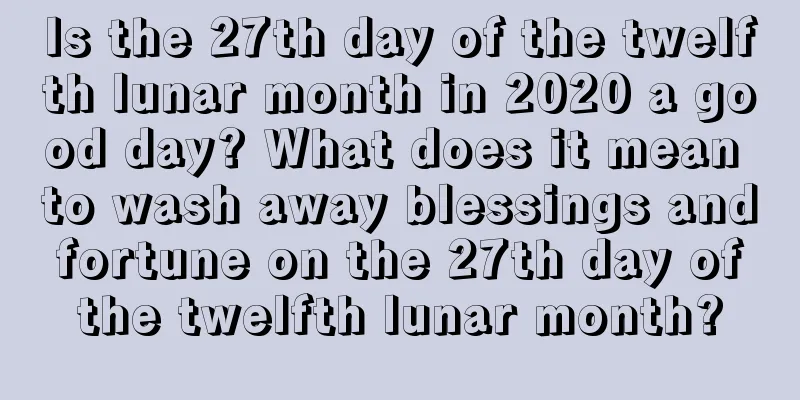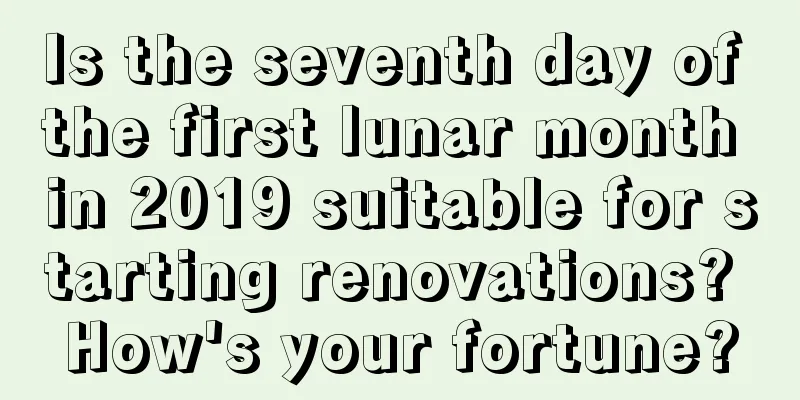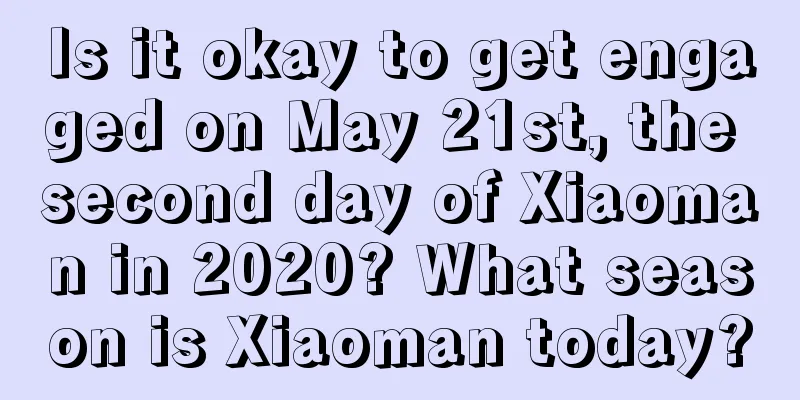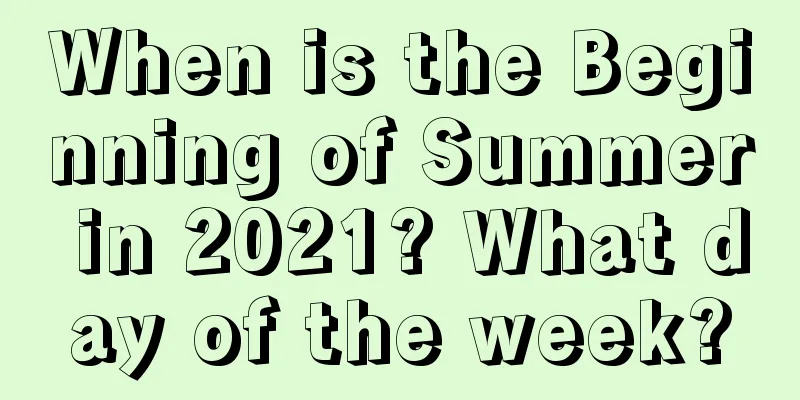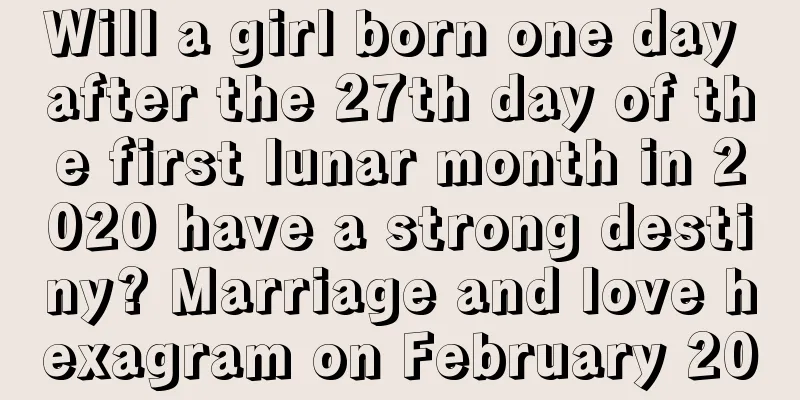Is it good or bad if it rains during the Lesser Heat? What is the solar term after the Lesser Heat?
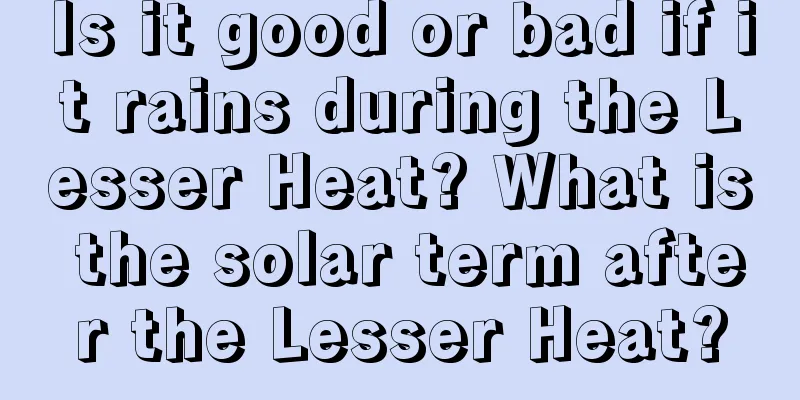
There is a folk saying that goes, "There is no sun in Lesser Heat, but stones will be baked in Greater Heat." So is it good or bad if it rains in Lesser Heat ? What is the solar term after Lesser Heat? The sixth month of the lunar calendar is also called the "Scorched Month" because at this time the whole country is experiencing scorching heat, and the scorching sun is scorching everything, as if everything is scorched. To learn more about the sixth lunar month of 2019, please visit Mr. Shui Mo's website.Is it good to have rain in Lesser Heat?Regarding whether it is good or bad to have rain during the Lesser Heat, there are different folk proverbs across the country, and the opinions in different places are also different. Let’s take a look at the opinions from different places.Theory 1: There is no sun in Lesser Heat, but stones are melted in Greater Heat. This proverb means that if it is cloudy and rainy instead of sunny on the day of Lesser Heat, then the weather will be very good and the temperature will be very high during the Greater Heat. The ancients used the phrase "sunburning stones" to describe the scorching sun of that day. In many areas, there are similar sayings such as "The Lesser Heat is very hot, while the Greater Heat is cool and chilly", "The Lesser Heat is cool, while the Greater Heat is very hot". So this is a folk proverb that was created based on the local climatic characteristics. The second statement: If the temperature drops during the Lesser Heat, the riverbanks will disappear during the Greater Heat. During the Lesser Heat season, it will rain in many places. The ancients discovered that if it rains during the Lesser Heat, it will rain heavily or even rainstorms during the Greater Heat. Therefore, flood prevention and waterlogging prevention is particularly important. In some places, there is a saying that "the mice will be drowned in the Lesser Heat and the Lesser Heat", and there are also experience summaries such as "the south wind in the Lesser Heat and the drought in the Greater Heat" and "thunder in the Lesser Heat and the dike will be broken in the Greater Heat". It means that if there is a south wind on the day of Lesser Heat, there will be no rain during the Greater Heat. In other words, the south wind is the most taboo on Lesser Heat, otherwise there will be a severe drought. If there is thunder on the day of Lesser Heat, there will be a flood that will break the dike. Folk customs in many places believe that if it rains during the Lesser Heat, there will be floods during the Greater Heat. However, the weather conditions are different every year, and there is little scientific basis for this statement, so it can only be used as a reference. The third theory: There is a thunder in the Lesser Heat, and the Plum Blossom Season will turn half a month later. In fact, thunder during the Lesser Heat solar term is closely related to the Plum Rains. For example, in Shanghai, there is a saying that "a thunder in the Lesser Heat will lead to the Rainy Season in half a month." That is to say, if there is a thunder in the Lesser Heat, it is a sign that the rain belt will remain in the middle and lower reaches of the Yangtze River for a while. For example: "Thunder in Lesser Heat means the return of the plum rains; if the plum rains reverse, they will last for 18 days", "There is thunder in Lesser Heat, and the plum rains reverse for half a month", etc. In Jiangsu Province, there is a saying that "If there is a thunder in Lesser Heat, 72 wild yellow plums will bloom." What is the solar term after Lesser Heat?The solar term after Lesser Heat is the hottest solar term of the year, Greater Heat. Greater Heat coincides with the "three hottest months", the period with the most sunshine and the highest temperature in a year in China. Most parts of the country are dry and rainy, with temperatures in many areas reaching over 35 degrees, and the so-called "three major furnaces" are also at their hottest.The Gregorian calendar time for the Great Heat in 2019 is: Tuesday, July 23, 2019, 10:49:50 The lunar calendar time of the Great Heat in 2019: June 21, 2019 10:49:50 Climate characteristics of Great Heat: The Great Heat solar term coincides with the "three hottest months" in my country, the period with the most sunshine and the highest temperature in a year. Most parts of the country are dry and rainy, with temperatures in many areas reaching over 35 degrees, and the so-called "three major furnaces" are also at their most prosperous. In the middle and lower reaches of the Yangtze River north of South my country, such as Jiangsu, Zhejiang, Jiangxi and other areas, it is a hot and dry season, and every drop of rain is like gold. In the western part of South my country, although high temperatures occur most frequently, rainfall is the most abundant and thunderstorms are most common, making it the season with the most thunderstorms. As the saying goes, "A good fate is not as good as good luck." A person's destiny is already determined, and the only thing that can be controlled is his or her "luck." Unexpected changes in the world may happen at any time, so use Mr. Shui Mo's [Premium Calculation] function to learn more about your fortune in 2019! |
<<: Which month is the Great Heat in 2019? What do the Lesser Heat and the Greater Heat mean?
>>: What are the customs and traditions of Xiaoshu? Legends about Xiaoshu
Recommend
What zodiac sign do people born on the third day of the ninth lunar month in the Year of the Pig 2019 belong to, and what day is that day?
Although constellations originated in the West, th...
Detailed explanation of the position of the God of Happiness on the third day of the seventh lunar month in 2020
Detailed explanation of the direction of the God ...
Is it possible to renovate your home on the eighth day of the third lunar month in 2019? Are there any Feng Shui taboos in renovation?
Introduction: According to the traditional customs...
Who are the celebrities who were born on Dragon Boat Festival? Is it a good fate to be born on Dragon Boat Festival?
A lot of people are born every day, so a lot of ce...
Is it a good time to travel today during the Grain Rain in 2020? What does “plant melons and beans before and after the Grain Rain” mean?
Introduction: Sometimes you need to choose an ausp...
Is November 13th of the lunar calendar in 2018 a good day for funerals?
The eleventh month of the lunar calendar is the &q...
What should you do if you are affected by bad Feng Shui? How to resolve
Introduction: Unexpected things encountered in li...
Is August 20th of the lunar calendar 2021 an auspicious day? Can we get engaged?
Engagement also requires choosing a time, so let’s...
What auspicious and inauspicious things correspond to the 25th hour of the seventh lunar month in 2019? The fortune and misfortune of the stars
Many things in the world have a one-to-one corres...
Is September 13th of the lunar calendar in 2019 a good day? Is today an auspicious day to renovate the house?
Introduction: Generally, you need to choose an aus...
How did Mother's Day come about? Legends about Mother's Day
The loving mother waits at the door with affection...
Is the Grain in Ear solar term on the fourth day of the fifth lunar month in 2019 suitable for signing a contract?
Grain in Ear is the ninth solar term in the twenty...
What is the date of September 19th in the lunar calendar in 2018? Is this day suitable for worshiping ancestors?
Introduction: Sacrifice is a major event in Chines...
Is the ninth day of the sixth lunar month in 2021 a good day to travel?
The sixth month of the lunar calendar is extremely...
Is the fifth day of the twelfth lunar month in 2017 an auspicious day in the lunar calendar?
Introduction: Every day has its good and bad fortu...
